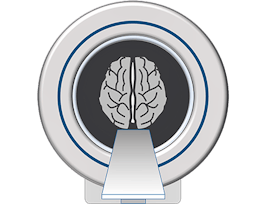Fundamental Neural Pathways For Movement is the second course of the specialization "Science of Movement".
This course will provide you with a deeper understanding of the intricate processes that govern our ability to move and perform complex motor tasks. In this course you will learn how generation of the activation signals required for movement can involve different parts of the nervous system. The discussion begins with the simplest neural pathways, those involving reflexes. Despite the simplicity of these pathways, the responses they produce depend on the context in which they are activated. The second type of movement to be considered will be the automatic behaviors produced by rhythmic activation signals. You will learn that these signals are constrained by the biomechanical requirements for the movement, they are modulated by the information received by the central nervous system from sensory receptors, and they are controlled by different parts of the brain. By the end of this course, you will have gained a solid understanding of the neural pathways that underlie reflexes, locomotion, and intentional actions. You will appreciate the remarkable complexity and organization of our nervous system, and how it enables us to interact with the world around us. Whether you are interested in sports science, rehabilitation, or neurology, this course will equip you with the knowledge and skills to excel.



















